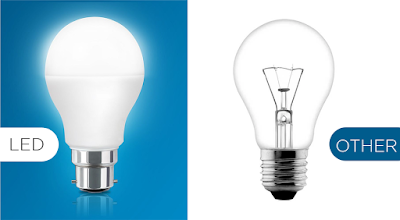LEDs may be small in size but new high-brightness models are
producing a considerable amount of light. LED lighting technology offers
many advantages over traditional lighting technologies like
incandescent, compact fluorescent lights, CFLs, and other forms of
lighting.
Light-emitting diodes are solid-state devices that convert the electricity energy directly into light of a single color. They employ “cold” light generation technology where most of the energy is delivered in the visible spectrum. LED doesn’t waste energy in the form of non-light producing heat.
Here we discuss some advantages of light-emitting diode lighting technology based on their importance:
Energy efficiency:
LED lights use about 50% less electricity than other bulbs, resulting
in substantial energy cost savings. LEDs aim to light in a specific
direction, unlike conventional bulbs which emit light and heat in all
directions.
LED lights are physically Small:
It is very small power devices can be less than a tenth of a single
mm2. This small size makes LEDs incredibly adaptable to an infinite
number of lighting applications.
Durability:
Without filaments, LEDs are breakage resistant and largely immune to
vibrations. Traditional Bulb is usually contained in a glass or quartz
exterior which can be susceptible to damage. LEDs are not used any
glass, instead they are mounted on a circuit board and connected with
soldered leads.
Environmentally Safe:
LEDs do not have any kind of environmental issues common to bulb-like
mercury vapor lights. Both of these contain mercury internal to the bulb
and thus require special handling at the end of the product’s useful
lifespan.




0 Comments